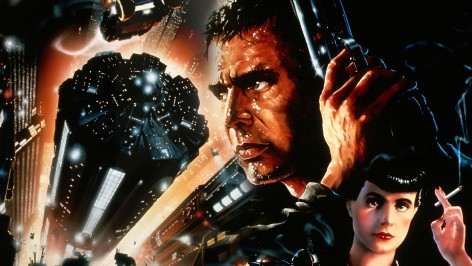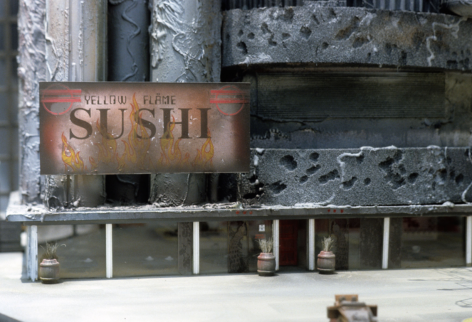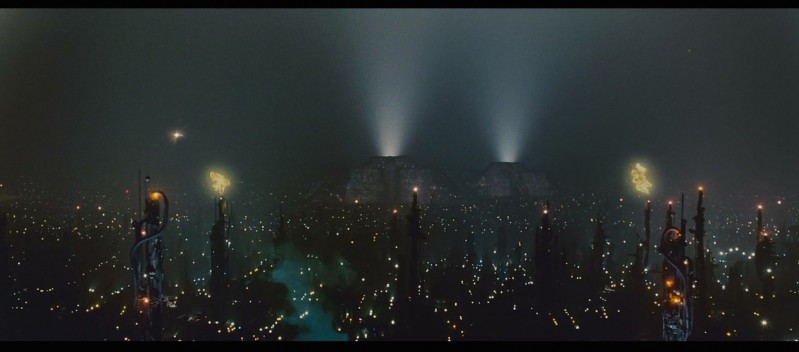Geekery: Blade Runner’s Ground Breaking FX


It’s one of the most highly regarded science fiction films of all time – in part because of its FX team.
With the sequel coming up this year, I think it’s a good time to take a look back at one of the major elements of Blade Runner that really sets it apart. One I hope continues to be a part of the film making process in the new film.
George Lucas wasn’t the only one creating amazing, never before seen in camera effects in the late 70s and early 80s. Special effects supervisor Douglas Trumbull (2001, Close Encounters, Star Trek) and futurist designer Syd Mead (Tron, 2010, Aliens) transported audiences into Rick Deckard’s future Los Angeles. Work that still holds up 35 years later…
https://www.youtube.com/watch?v=nx02tM0os7k
The film’s signature look is achieved through a combination of practical effects – motion control camera work, film composites, and scale miniatures built by Trumbull’s Entertainment Effects Group. The team started to work in 1980, basing their models on art by Mead, and what they produced is nothing short of amazing. Some of the vehicles were made in multiple sizes – from fit in a shoebox to life size – and all had to match to perfect detail.
Check out these behind the scene shots form the EEG workshop…
Advertisement
One of my favorites from that collection is this shot of a building exterior… can you imaging playing Infinity on this set?
The most impressive work, though, is the breathtaking opening sequence… making acid-etched brass miniatures and fiber-optic lights look like this…
… was a feat of vision, imagination, and passion; and a lot of dangerous physical labor.
Doug [Trumbull] and his Entertainment Effects Group team created thousands of acid-etched brass miniatures lit from below with hundreds of bundles of fiber-optic lights, shot in forced-perspective through layers of smoke to create layers of light refraction, creating depth.
Doug reveals how the explosions visible in the sequence were projected on screens placed throughout the miniature and light-timed. These explosions were created through massive pyrotechnics shot in the California desert for a discarded sequence for the 1970 Michelangelo Antonioni film Zabriskie Point.
Subscribe to our newsletter!Get Tabletop, RPG & Pop Culture news delivered directly to your inbox.By subscribing you agree to our Terms of Use and Privacy Policy.The sequence ends on the Tyrell Pyramid, which Doug’s team created at 3 different scales with similar etched-brass lit from within.
All of this was shot on 65mm using motion-control and optically composited through multiple film exposures.
More on the creation of the ‘Hades Landscape’ can be seen in this behind the scenes interview with Doug Trumbull – there are a few others in the video section that cover the blimp shots and the spinners that are well worth your time.
What is your favorite shot in Blade Runner?







